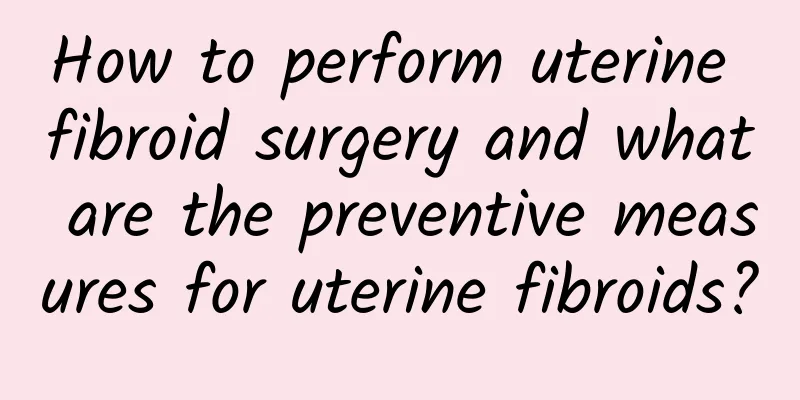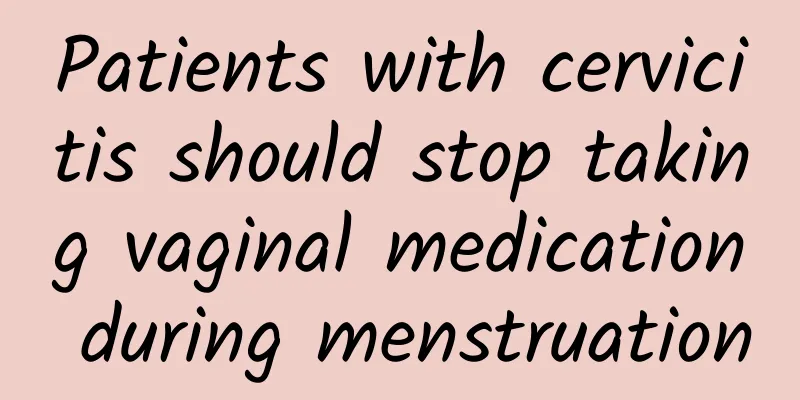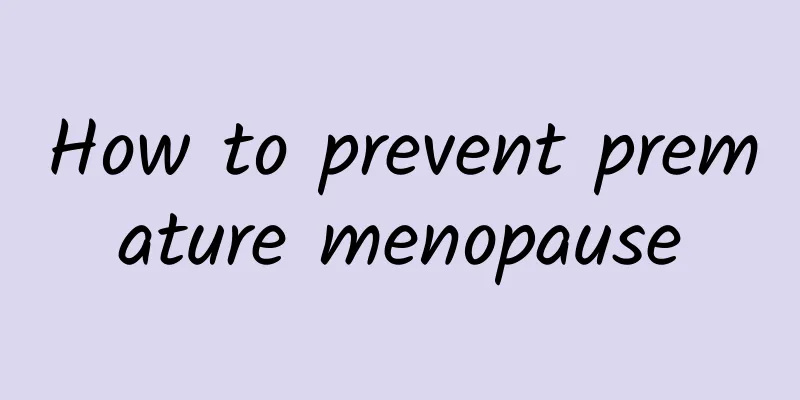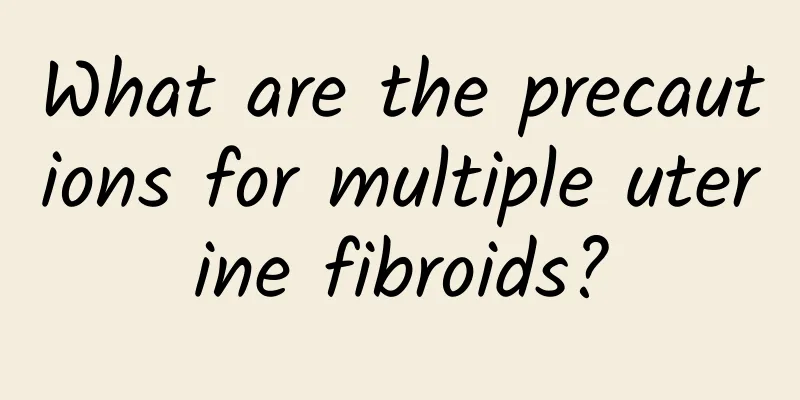Is ovarian cyst surgery dangerous?
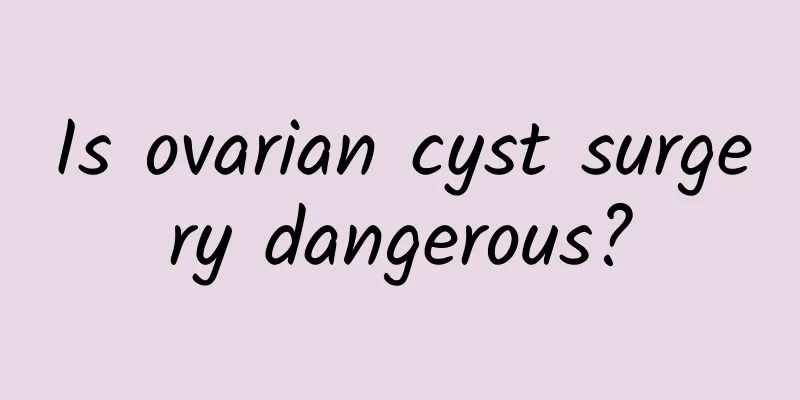
|
Ovarian cyst surgery is now a routine operation with low risks, but care should be taken during the operation. For female patients who have not given birth, the ovaries should be protected as much as possible and condensation heat should be avoided as much as possible, because condensation heat can cause permanent damage to the ovaries; elderly women are advised to check ovarian function in advance to determine whether they have entered menopause, and doctors should notify patients in advance. If the patient is about 45 years old and has bilateral ovarian cysts, the doctor will consider removing the cysts and suturing them to maximize the protection of the ovaries. If the patient has given birth and is older, condensation heat can be performed. Diet after laparoscopic surgery for ovarian cyst Since carbon dioxide remains in the abdominal cavity after laparoscopic surgery, patients can increase the intake of vegetables and high-fiber fruits, avoid eating sweet milk, sweet potatoes, onions and other gas-producing foods, and reduce the incidence of postoperative abdominal distension. After surgery, the patient's body is in a relatively weak state and needs to increase the intake of nutrition appropriately. In the first few days, since the gastrointestinal function has not fully recovered, you can drink some broth, fish soup and porridge. After the gastrointestinal function is restored, you can eat more fish, beef, eggs, milk, fresh vegetables and fruits. Which is more serious, ovarian cyst or uterine fibroids? Benign uterine fibroids only require the removal of the uterine fibroids, retaining the normal uterus; malignant uterine fibroids and malignant ovarian cysts require the removal of the related ovaries and uterus, supplemented with radiotherapy and chemotherapy, which is very damaging to the human body and slow to recover. Benign ovarian cysts require the removal of ovarian cysts to maintain normal ovarian tissue; ovarian cysts and uterine fibroids need to be determined to be benign or malignant. Malignant ones have a greater impact and are mainly treated with surgical removal, supplemented with corresponding radiotherapy and chemotherapy. |
<<: How to cure chronic pelvic inflammatory disease
>>: How to deal with pelvic effusion after normal delivery
Recommend
Wrong weight loss leads to calcium deficiency ~ bone loss is like a speeding car
It's the end of the year and time for spring ...
Symptoms of cervical erosion should be treated promptly
The symptoms of early cervical erosion are not ve...
What are the prevention methods for uterine fibroids?
What preventive measures do you know about uterin...
Introduction and analysis of the causes of vaginitis
In life, it is very important to understand the c...
Chronic disease diagnosed and worsening quickly? Nutritionists recommend 4 tips for "My Plate" to build nutritional power and boost immunity through epidemic prevention diet
Adequate nutrition and hydration are crucial duri...
What are the reasons why menopause is difficult to cure?
Menopause is something that every female friend w...
Running is an art! This will make you fall in love with running
Is running an art, and are runners artists? The b...
How long does it take for ovulation to occur in polycystic ovary syndrome?
Polycystic ovary syndrome is a pathological pheno...
The hazards of bacterial vaginosis mainly include several
When it comes to bacterial vaginosis, people will...
Will I not get bacterial vaginosis if I don’t have sex?
Bacterial vaginitis is a type of vaginitis and ba...
What are the signs of miscarriage? There are 4 major signs
There are many different situations of miscarriag...
Obesity and cancer! 80-year-old woman gets two birds with one stone surgery and is reborn
Obesity is the root of all diseases and is one of...
8-hour weight loss method! Lose 4.5 kg in one week
We eat a lot of meat and fish during festivals, b...
The Central City Health Bureau sampled 24 pieces of dried tofu and found that 2 did not meet the regulations.
The Qingming Festival is approaching, and many pe...
Will endometrial polyps disappear with menstruation?
Will endometrial polyps disappear with menstruati...



